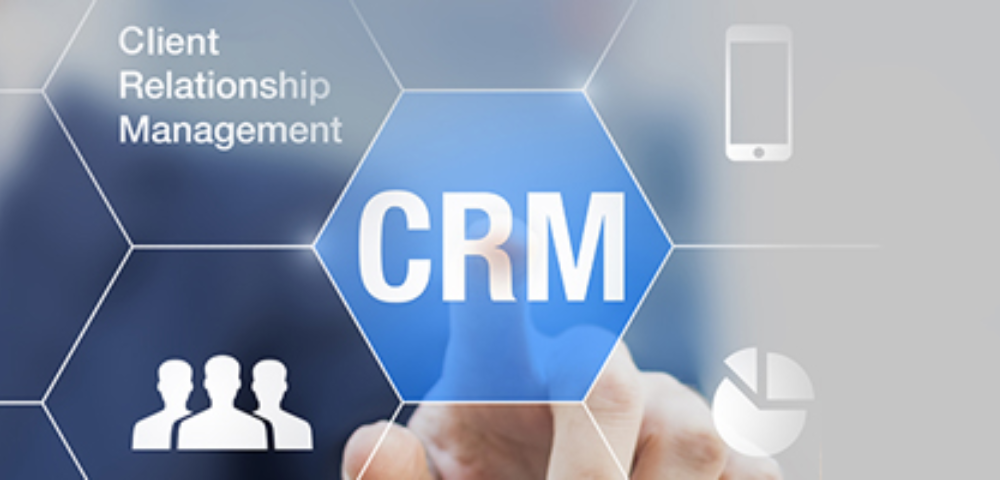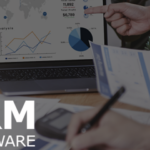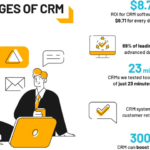In today’s fast-paced business world, companies need to find ways to streamline their workflows and increase efficiency to stay competitive. One way to achieve this is by utilizing a robust asset management system within a CRM platform. In this blog post, we will explore the benefits of custom asset management in CRM and how it can help you streamline your workflow and improve efficiency.
What is Asset Management in CRM?
Asset management in CRM is the process of tracking and managing an organization’s assets, including physical assets such as equipment and inventory, as well as digital assets such as software and licenses. By incorporating an asset management module into a CRM system, companies can centralize their asset information and streamline their asset management processes.
Benefits of Custom Asset Management in CRM
Better Tracking and Organization of Assets
By utilizing a custom asset management system within CRM, companies can track their assets more accurately and efficiently. With a centralized database, all asset information can be organized and accessed easily. This not only saves time but also reduces the likelihood of errors and discrepancies.
Improved Asset Maintenance and Utilization
Effective asset management ensures that all assets are maintained and utilized to their fullest potential. By tracking maintenance schedules and usage patterns, companies can proactively address issues before they become major problems. This also ensures that assets are used efficiently, which can lead to cost savings and increased productivity.
Enhanced Reporting and Analytics
Custom asset management in CRM allows for better reporting and analytics of asset data. With customizable dashboards and reports, companies can gain insights into asset usage, maintenance costs, and other important metrics. This information can be used to make data-driven decisions and improve overall asset management strategies.
How to Use CRM Asset Management to Improve Workflow Efficiency?
Centralize Asset Information
The first step in utilizing custom asset management in CRM is to centralize all asset information. This includes physical and digital assets, as well as related data such as purchase dates, maintenance schedules, and warranty information. By centralizing this information, companies can access it quickly and easily, reducing the likelihood of errors and redundancies.
Automate Asset Maintenance and Tracking
Automating asset maintenance and tracking is another key step in improving workflow efficiency. By setting up automated reminders for maintenance tasks and usage tracking, companies can reduce the need for manual intervention and ensure that assets are being maintained and utilized efficiently.
Utilize Customizable Dashboards and Reports
Customizable dashboards and reports are a powerful tool for gaining insights into asset usage, maintenance costs, and other important metrics. By utilizing these features, companies can make data-driven decisions and improve their overall asset management strategies.
Conclusion
Custom asset management in CRM is a powerful tool for improving workflow efficiency and increasing productivity. By centralizing asset information, automating maintenance and tracking, and utilizing customizable dashboards and reports, companies can gain valuable insights into their asset usage and make data-driven decisions. If you’re interested in learning more about how custom asset management in CRM can benefit your organization, contact CRMRunner today!






1 Comments